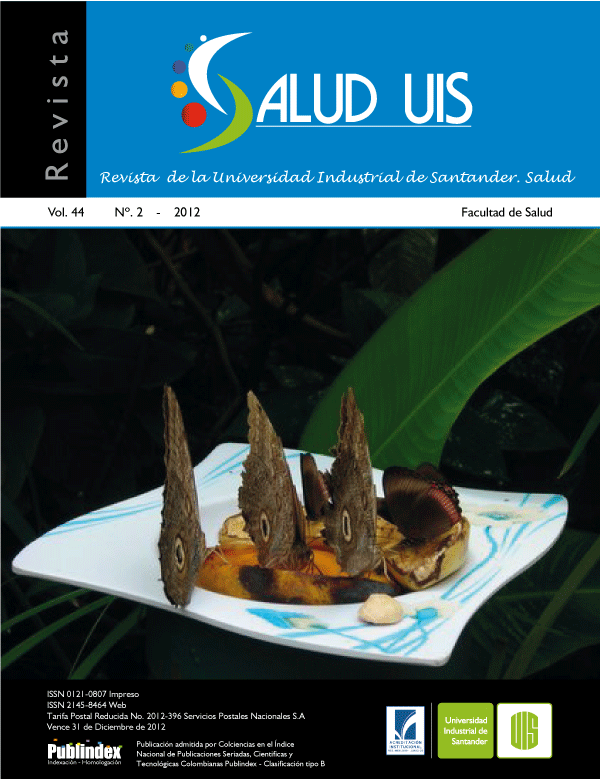Resumen
ABSTRACT
Introduction: The supracondylar fracture of the distal humerus is the most common pediatric fracture around the elbow. The currently accepted techniques of fixation are two lateral parallel wires , cross-wiring technique from the lateral side, two divergent wires laterally and two retrograde crossed wires. The retrograde crossed wires provide the best mechanical stability. Many children with this fracture have swelling around the elbow, making difficult the feeling of the anatomic landmarks for percutaneous pinning, increasing the risk of ulnar nerve injury. Objective: To evaluate the correspondence of the internal antecubital fold line with the internal epicondyle in patients with supracondylar fracture and the incidence of iatrogenic ulnar nerve injuries. Methods: We conducted a series of clinical cases. In the first group we included 56 children with supracondylar fracture Gartland type III, from August 2000 to September 2007, who underwent closed reduction and crossed retrograde nail fixation. In the second group we included 241 (481 elbows) outpatients with no anatomic abnormality. We used the extension of antecubital fold line to find the internal epicondyle in both groups. Results: The prolongation of the antecubital fold line intersected the medial epicondyle in all participants of the first group. In 96.3% of the participants in the second group, the extension of antecubital fold line intersected the internal epicondyle. None patient had iatrogenic ulnar nerve injury. Conclusions: The use of the antecubital internal fold line may be useful to identify the internal epicondyle and thus avoid iatrogenic ulnar nerve injury. Salud UIS 2012; 44 (2): 9-14
Keywords: Supracondylar humerus fractures, internal antecubital fold line, iatrogenic ,nerve injury.
RESUMEN
La fractura supracondílea del húmero distal es la más común alrededor del codo en niños. Las técnicas actualmente aceptadas de fijación son dos clavos laterales paralelos, dos clavos cruzados laterales, dos clavos laterales divergentes y dos clavos retrógrados cruzados. Los clavos retrógrados cruzados, proporcionan la mejor estabilidad mecánica. La mayoría de los niños con fractura supracondílea presentan inflamación alrededor del codo, haciendo difícil la palpación de la epítroclea, aumentando el riesgo de lesión del nervio cubital. Objetivo: evaluar la correspondencia de la línea del pliegue antecubital interno con la epitróclea en pacientes con fractura supracondílea y la incidencia de las lesiones iatrogénicas del nervio cubital. Metodología: Realizamos una serie de casos clínicos. El primer grupo incluyó 56 niños con fractura supracondílea tipo III de Gartland, entre agosto de 2000 a septiembre de 2007, tratados con reducción cerrada y fijación con clavos cruzados retrógrados. El segundo grupo incluyó 241 (481 codos) pacientes de consulta externa. En ambos grupos utilizamos la línea antecubital interna para identificar la epitróclea. Resultados: La prolongación de la línea del pliegue antecubital intersecó la epitróclea en todos los participantes del primer grupo. No hubo lesión iatrogénica del nervio cubital. En el segundo grupo la línea del pliegue antecubital intersecó la epitróclea en el 96.3% de los pacientes. Ningún paciente presentó lesión del nervio cubital. Conclusiones: La extensión de la línea de pliegue antecubital interno puede ser útil para la identificación de la epitróclea y así evitar lesiones iatrogénicas del nervio cubital. Salud UIS 2012; 44 (2): 9-14
Palabras clave: Fracturas supracondíleas de húmero, Línea antecubital interna, Lesión iatrogénica del Nervio ulnar.
Se autoriza la reproducción total o parcial de la obra para fines educativos, siempre y cuando se cite la fuente.
Esta obra está bajo una Licencia Creative Commons Atribución 4.0 Pública Internacional.
